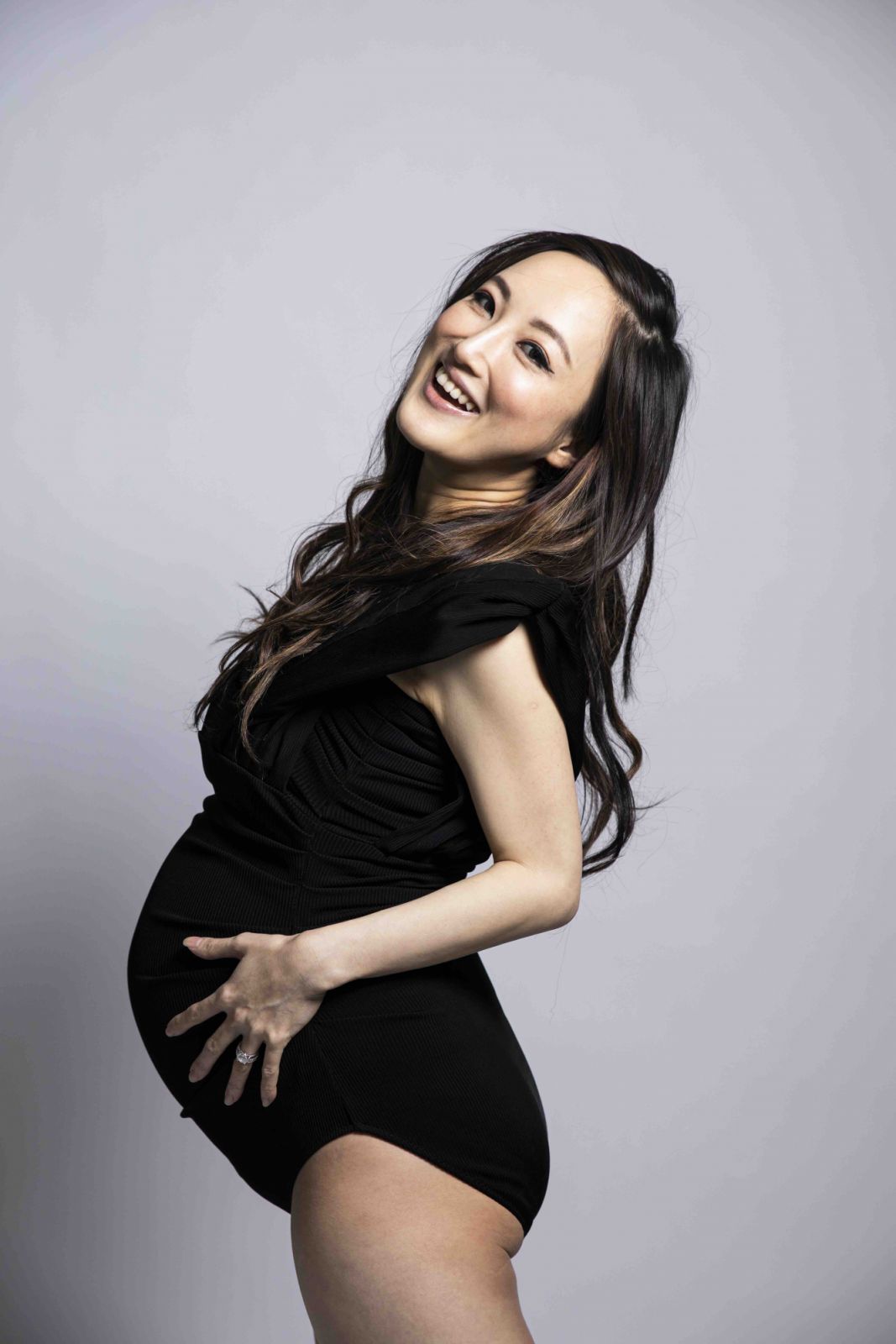Celebrities from Chrissy Teigen to Kourtney Kardashian and, most recently, the wife of Taiwanese actor Benjamin Wong have ingested their placentas postpartum, with touted benefits including improved post-natal recovery and increased breast milk production. Lifehealth Group's Candice Chan and Dr Zara Chan discuss the practice
When natural medicine doctor Candice Chan, who is also the co-founder of private healthcare company Lifehealth Group, told people that she would be consuming her placenta post-birth, the response was understandably mixed. Some raved about her decision, while others raised an eyebrow and questioned whether such a thing was safe.
“I came across placenta eating in a holistic nutrition book about pregnancy by one of my favourite nutritionists in the US. I was not grossed out by the idea at all and thought it made a lot of sense as it’s your own organ with your own hormonal profile and most animals ingest their own after birth, except humans,” says Candice. “I then made further research and asked my Traditional Chinese Medicine doctors about it, where they all advocated for it.”
Traditional Chinese Medicine has long touted the ingestion of placenta for its health benefits. “In the Traditional Chinese Medicine philosophy, the placenta is not only what has nourished your baby in utero, it is a major source of nutrients, namely blood, qi, which is the basic substance of life and where our energy comes from,” says Candice. “The placenta is widely known as xiheche, and is thought to have a host of benefits, from balancing the hormones, aiding postnatal recovery, reducing bleeding and increasing breast milk production.”
But while Traditional Chinese Medicine practitioners often recommend consuming the placenta, there are few trained in its preparation. And while the internet may abound with recipes that suggest sautéeing it in garlic butter, popping it in a smoothie or even making placenta quesadillas, there are understandably concerns around the hygienic preparation of the organ and safety of its consumption.

Candice consumed her placenta after her first child was born in 2021 using the expertise of a British doula in Hong Kong who made both capsules and tinctures from her placenta. After discussing her placenta encapsulation with friends after her experience, Candice realised there was a market for the procedure so she decided to leverage her background in natural medicine and nutrition to get certified for the service.
While she had a number of friends in Hong Kong who were interested in what is known as human placentophagy—the postpartum ingestion of the placenta, she says it hasn’t been easy to market. “I realised most Hong Kong people are quite grossed out by the idea, even though as Chinese they’re used to eating organ meats from other animals such as pigs and cows.” She also notes that mainstream medicine doesn’t necessarily recognise the practice, particularly given the lack of research around it.
Dr Zara Chan, a specialist in obstetrics and gynaecology at Hong Kong’s OT&P Clinic says that in the last few years there has been an increase in interest in placentophagy “in line with the current generation’s interest and focus on a more natural way of life and nature-derived products. Apart from an increasing interest in placentophagy, women have been much more keen to have vaginal births, to breastfeed, and to try natural interventions and remedies as a form of pain relief or hormonal acclimation,” she notes.


